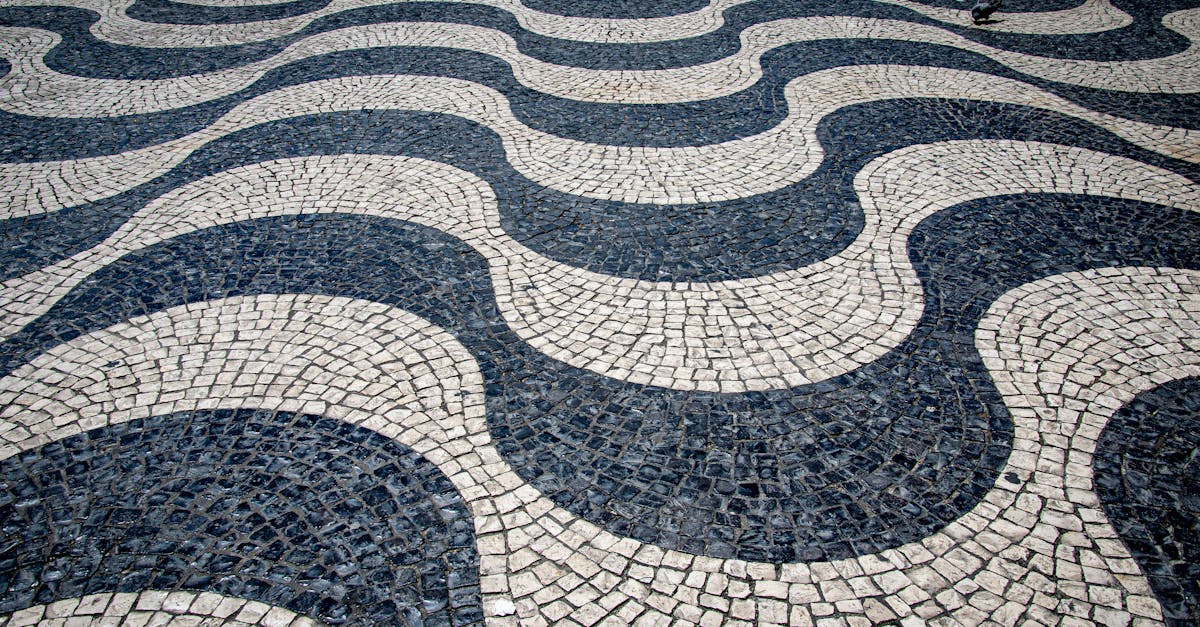
o adds a layer of safety, reducing the likelihood of accidents during wet weather.
Installation of these pavers requires proper planning to ensure longevity in high-traffic areas. It is crucial to prepare a solid base and use adequate jointing materials to prevent shifting or cracking over time. Regular maintenance, including cleaning and sealing, will help preserve their colour and texture, ensuring they remain an attractive and practical option. By selecting sandstone cobblestone pavers, property owners can achieve a balance between functionality and design, enhancing the overall look and performance of their outdoor spaces.Sealing the pavers offers an added layer of protection against weathering and staining. A quality sealant can repel moisture and inhibit the growth of moss or lichen, which are common in coastal areas. It is
e for years to come.Incorporating landscaping features alongside pavers can elevate the overall aesthetic appeal. gravel pathways can complement the texture of sandstone, while decorative boulders add visual interest. Grouping plants in varying heights creates a layered effect, enriching the landscape without overwhelming it. Essential maintenance practices, such as regular pruning, ensure that plant growth remains manageable and visually pleasing in combination with the stonework.
Tips for Longevity and AppearancePlant Choices for Coastal Environments
Proper maintenance plays a critical role in preserving the aesthetics of sandstone cobblestone pavers. Regular cleaning is essential to remove dirt, moss, and staining substances. A simple wash with a hose or pressure cleaner will often suffice. For tougher stains, a mild detergent mixed with water can be applied. Avoid harsh chemicals as they may damage the natural stone. Ensuring that surface debris is kept to a minimum not only enhances appearance but also promotes longevity.Selecting the right plants for coastal environments enhances the overall aesthetic and supports local wildlife. Native species tend to thrive in sandy soils and salty air. Options like coastal banksia and marram grass are not only resilient but also provide stability to the soil. These plants create a natural barrier against erosion, preserving the beauty of coastal landscapes.
Sealing the pavers is another effective way to protect them. A high-quality sealant can provide a barrier against moisture and staining, prolonging the life of the stones. Applying sealant every couple of years can preserve their natural colours and prevent weathering. Additionally, it is wise to regularly check for any unevenness or shifting, as repairs can prevent more significant issues down the line. By adopting these practices, the visual appeal and durability of sandstone cobblestone pavers can be significantly enhanced.Incorporating drought-tolerant varieties is vital due to the often harsh conditions along the coastline. Succulents such as agaves and certain types of sedums can add visual interest while requiring minimal water. Additionally, flowering native plants like pigface and correa can bring vibr